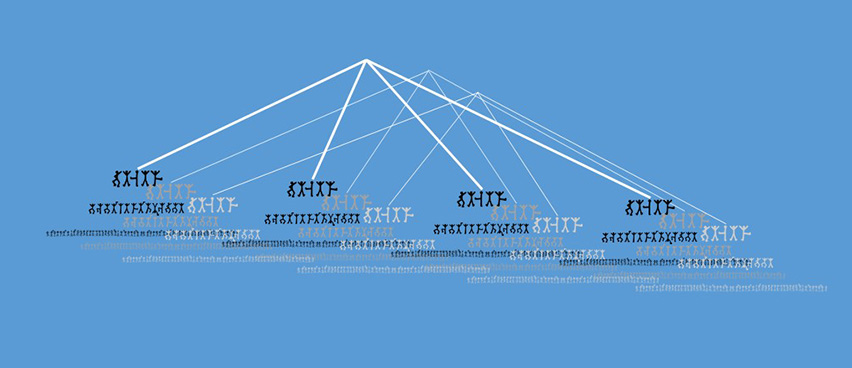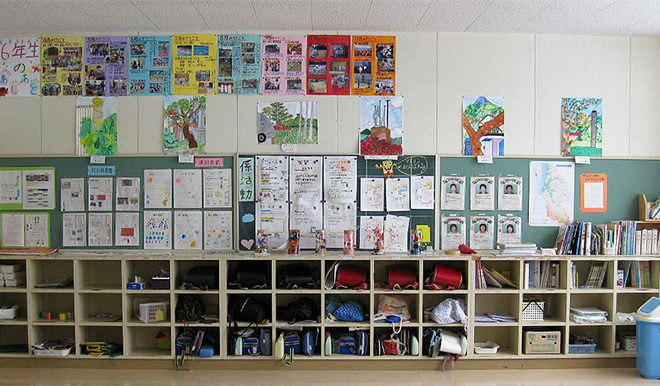Multilevel
Individuals can be conceptualized as a hierarchical system of individuals nested within groups. Such systems can be observed at different ‘levels’, and variables explaining differences between individuals and/or groups may be defined at each level. This leads to research generally referred to as ‘multilevel research’.
In multilevel research, the data structure in the population is hierarchical, and the sample data are a sample from this hierarchical population. For example, in educational research, the population typically consists of classes and pupils within these classes, with classes organized within schools, children within families, or teams within companies. Other applications of multilevel models are longitudinal growth curve analyses, where a series of several distinct observations are viewed as nested within individuals.
In the current project, several aspects of multilevel analyses are investigated. First, I assisted many researchers applying multilevel techniques to real-life data, including Bayesian multilevel analysis . Second, we investigated how many clusters/schools/teams/etc are needed to obtain reliable estimates and whether Bayesian multilevel analyses outperforms classical maximum likelihood estimation. And lastly, I am co-author of the new edition of the famous multilevel book by Joop Hox.
Ongoing
Since the 8th edition I am part of the organizing committee of the International Multilevel Conference. The conference is about all aspects of statistical multilevel analysis: innovative applications, theory, software, and methodology. The conference is always held in an informal style, with much room for discussion. We just organized the 11th edition!
After two very successful editions of the book ‘Multilevel Analysis
Techniques and Applications’, Joop Hox asked me and Mirjam Moerbeek to write a 3rd edition of the book forthcoming September 2017. More information about the release date will be posted on my website.
Completed
In the period 2008-2014 I have visited the research group of Christiane Spiel and Dagmar Strohmeier on an annual basis for teaching and collaboration on research; in addition several of the Austrian PhD-students have visited our department for study visits. This project has resulted in several publications.


















